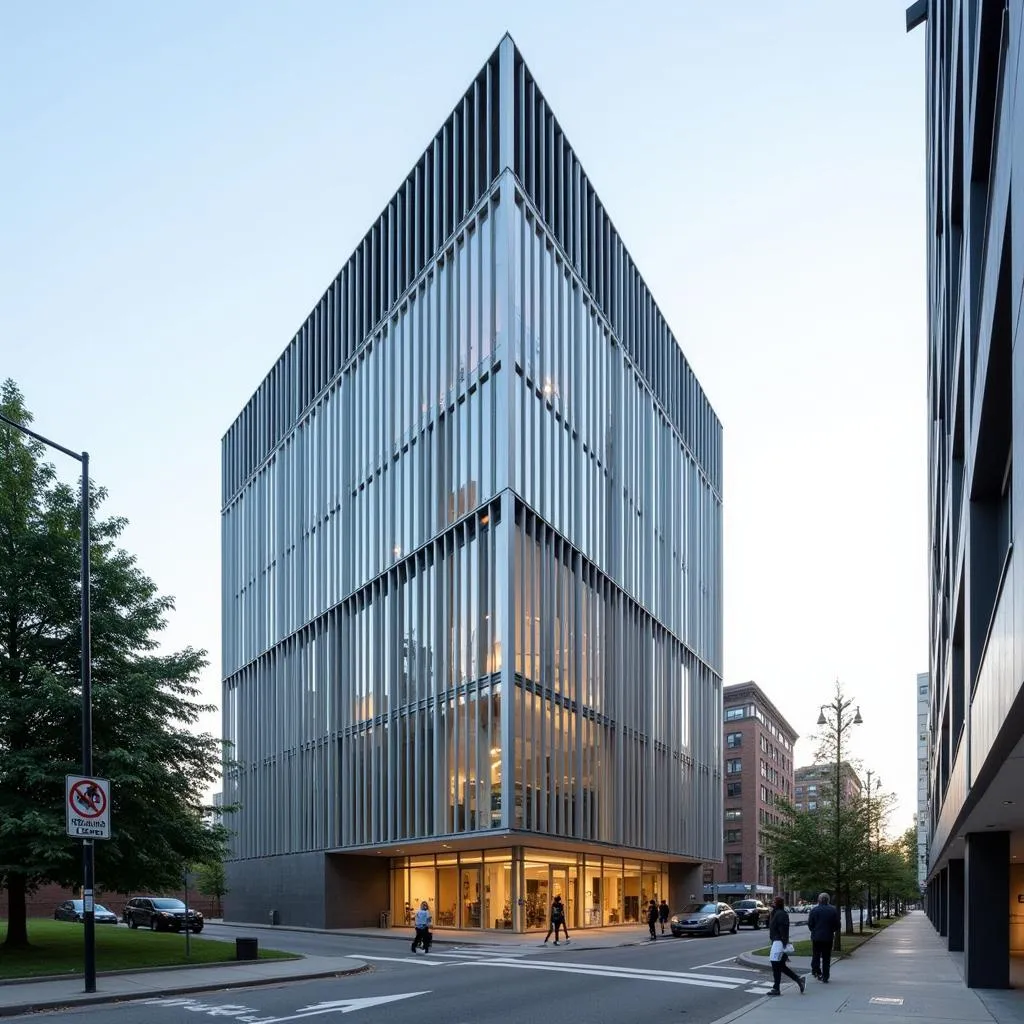The Philadelphia Savings Fund Society Building, often referred to as the PSFS Building, stands as a powerful symbol of innovation and architectural daring in the heart of Philadelphia. This towering structure, completed in 1932, was much more than a bank; it represented a bold step forward in American design and a commitment to progress during a time of significant economic uncertainty.
A Beacon of Modernity: Embracing a New Architectural Language
The PSFS Building was a radical departure from the ornate, classical architecture that dominated the Philadelphia skyline at the time. Architects George Howe and William Lescaze, pioneers of the International Style, envisioned a building that embodied the spirit of efficiency and functionality. Its sleek, minimalist facade, characterized by horizontal bands of windows and a distinct lack of ornamentation, was unlike anything Philadelphia had ever seen.
This groundbreaking approach to design extended beyond the building’s exterior. Every detail, from the innovative use of materials like steel and glass to the efficient floor plan designed to maximize natural light, reflected a commitment to modernity and a forward-thinking approach that challenged architectural conventions.
 The PSFS Building exterior
The PSFS Building exterior
A City’s Transformation: The PSFS Building and the Rise of Modern Architecture
The construction of the PSFS Building marked a turning point in Philadelphia’s architectural landscape. Its striking design not only captivated the city but also served as a catalyst for the adoption of modernist principles in subsequent architectural projects. It challenged traditional notions of what a building should look like and how it should function, paving the way for a new era of design.
Beyond its architectural impact, the PSFS Building also played a crucial role in shaping the city’s identity. It became an iconic landmark, instantly recognizable on the skyline and a source of pride for Philadelphians. The building’s presence helped solidify Philadelphia’s image as a city embracing progress and innovation.
More Than a Bank: The Social Impact of the PSFS Building
The PSFS Building was more than just a financial institution; it was a symbol of hope and stability during the challenging years of the Great Depression. Its construction provided much-needed jobs and served as a testament to the resilience of the city and its people. The building also housed a number of amenities, including a restaurant and observation deck, that were open to the public, further solidifying its role as a vital part of the community.
 People enjoying the view from the PSFS Building observation deck
People enjoying the view from the PSFS Building observation deck
A Legacy of Innovation: The PSFS Building Today
Today, the PSFS Building continues to inspire and intrigue. It stands as a testament to the enduring power of innovative design and serves as a reminder of Philadelphia’s rich architectural heritage. Now home to a hotel and residential apartments, the building has been meticulously preserved, ensuring that its legacy of architectural significance and cultural impact will continue to be celebrated for generations to come.
The PSFS Building is more than just a beautiful structure; it is a testament to the power of human ingenuity and the ability to create something truly extraordinary. It serves as a reminder that innovation and progress are essential elements in shaping a vibrant and thriving city.